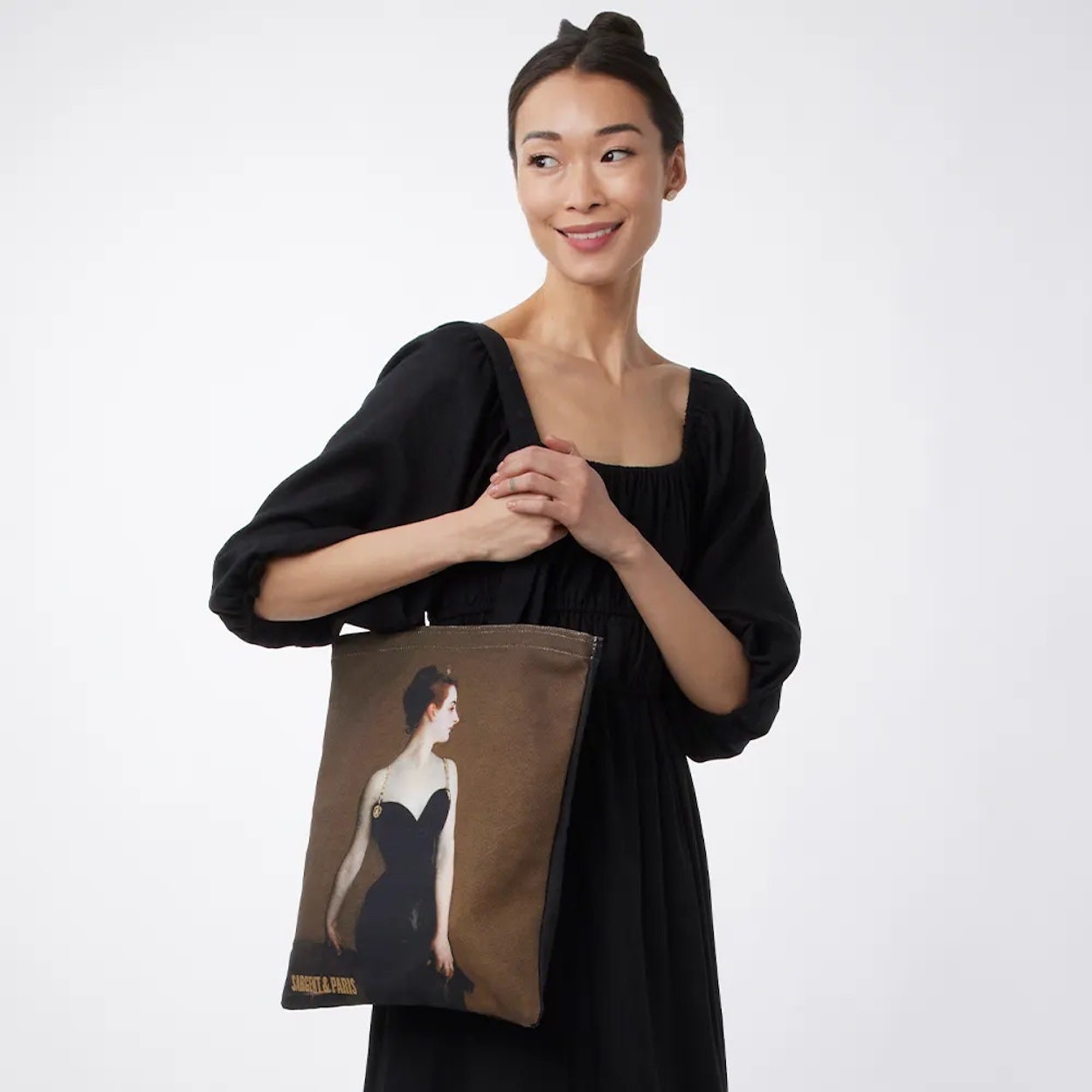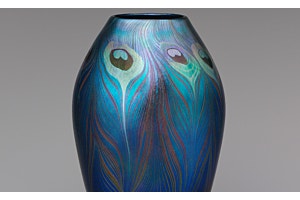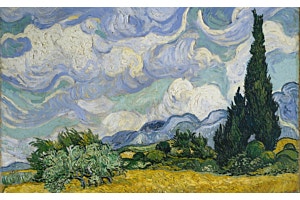In honor of The Met’s latest exhibition, we’re delighted to present new items celebrating the work of John Singer Sargent
The Met Store Blog
- Posted: April 29, 2025Read more »
- Posted: April 01, 2025Read more »
The Met Cloisters Garden Embroidered Linen Scarf is an artful addition to your spring wardrobe
- Posted: March 30, 2025Read more »
Celebrate the beloved Dutch artist’s legacy with artful gifts inspired by Van Gogh’s work in the Museum






